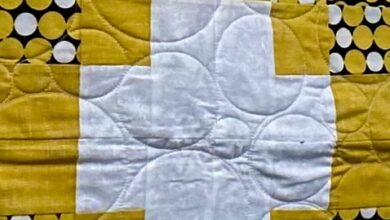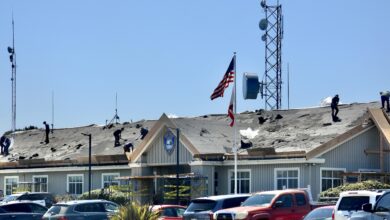2010 in review: MLPAI brings locals together, despite controversy
A new linked chain of ocean areas where fishing will be banned or restricted was created during a tumultuous year of Marine Life Protection Act Initiative meetings.
Headlines were made by large protests by Indian tribes in Fort Bragg and Eureka, and a Fort Bragg man was arrested for trying to film and speak at a “public” meeting where both were banned.
And, despite a spring and summer full of brouhaha, environmentalists, fishermen, Native Americans and community leaders came together in the fall to agree on a map of new ocean parks stretching across Mendocino, Humboldt and Del Norte counties.
It was all part of Gov. Arnold Schwarzenegger administration”s efforts to finally meet the mandate of the Marine Life Protection Act, which passed the California Legislature just before the turn of the millennium.
A decade later, public input was gathered and the rules defined by MLPAI, a fast-charging private organization operating on a legal contract with the state. New marine areas were defined from Mexico to Canada, but the most controversy came locally.
As the year ended, the state had still not signed off on a plan that locals passed and the MLPAI”s Blue Ribbon Task Force had forwarded. Questions remained about whether the law had legal jurisdiction over Native American gathering areas, which tribal leaders argued are protected by federal treaties.
A pre-stated ban on public comment at a April 21 Regional Stakeholders Group meeting led to the arrest of Internet journalist David Gurney of Fort Bragg after he spoke publicly, in defiance of the rules. That led to statewide publicity and attacks by local governments and news outlets, including this newspaper, all of which argued these actions violated the state”s open meeting laws.
The public-private MLPAI eventually changed those laws to allow public participation and photography at all meetings.
More than 200 locals and Native American protesters marched on the July 21 Blue Ribbon Task Force meeting, peacefully seizing control of the meeting and giving speeches about Indian rights, ranging from the humorous to the angry.
The recommendations of 35 stakeholders from the three counties would close about 13 percent of the coast from Point Arena to the Oregon border.
New “ocean parks” would avoid most of the areas off Albion and Noyo harbors and would be found in the area from Ten Mile Beach to the western tip of Cape Mendocino, mostly on the Lost Coast.
A vote by the California Fish and Game Commission is scheduled for February.




